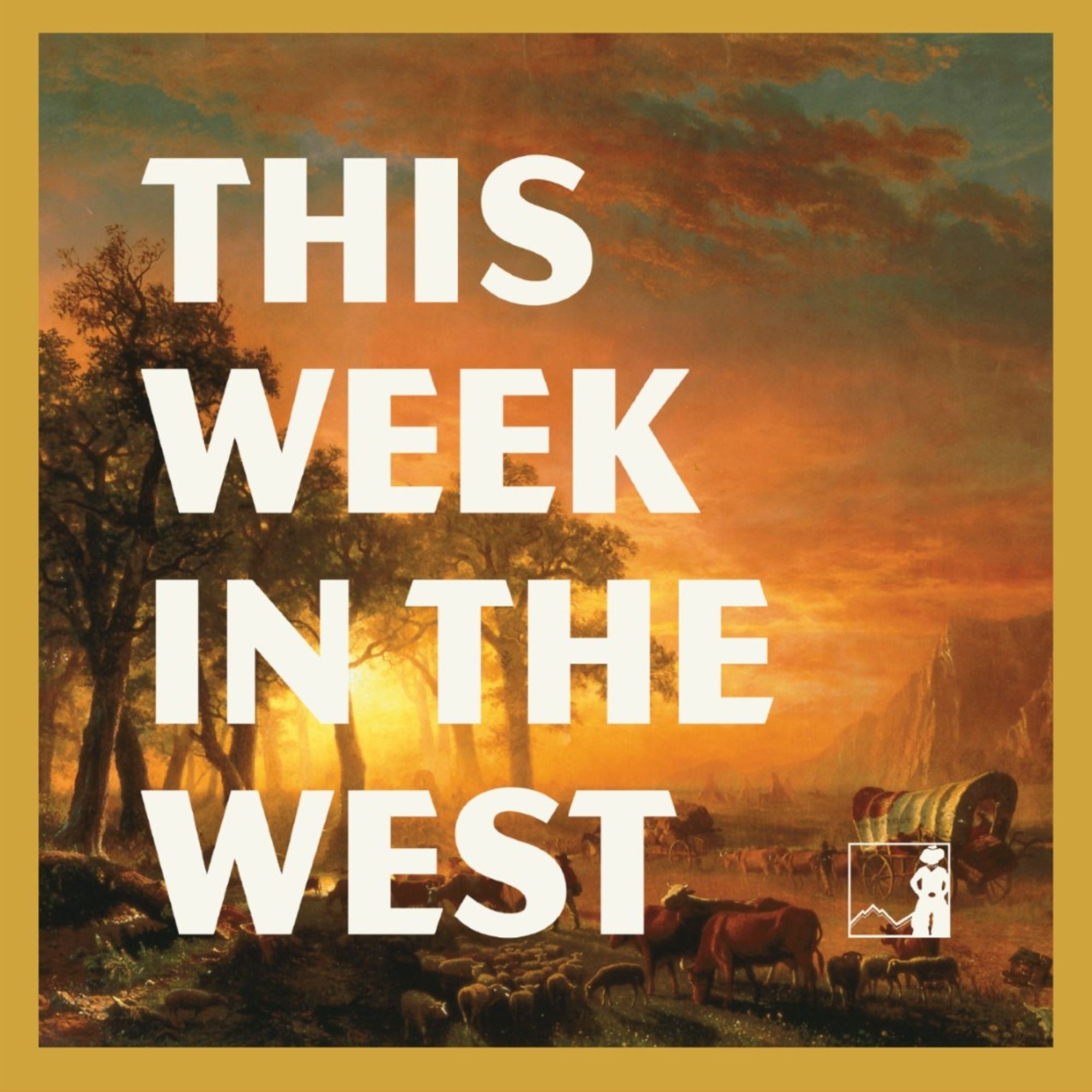
Wild West Podcast
Welcome to the Wild West podcast, where fact and legend merge. We present the true accounts of individuals who settled in towns built out of hunger for money, regulated by fast guns, who walked on both sides of the law, patrolling, investing in, and regulating the brothels, saloons, and gambling houses. These are stories of the men who made the history of the Old West come alive - bringing with them the birth of legends, brought to order by a six-gun and laid to rest with their boots on. Join us as we take you back in history to the legends of the Wild West. You can support our show by subscribing to Exclusive access to premium content at Wild West Podcast + https://www.buzzsprout.com/64094/subscribe or just buy us a cup of coffee at https://buymeacoffee.com/wildwestpodcast
Wild West Podcast
Uncovering the Western Cattle Trail: From Hidden Kansas Ruts to Nebraska's Frontier Expansion with Gary and Margaret Kraisinger
How did mysterious ruts on a Kansas ranch lead to an expansive journey uncovering the Western Cattle Trail? Join us as we welcome Gary and Margaret Kraisinger, distinguished researchers with a deep passion for American West history. Starting with a curious find in 1967, the Kraisingers embarked on a relentless quest, piecing together the trail’s forgotten paths and extending its known reach all the way to Oglala, Nebraska. Their groundbreaking work has shed new light on the often-overlooked intricacies of cattle driving and its impact on the American frontier.
We'll explore the post-Civil War evolution of cattle trails and their critical role in shaping the settlement and economic landscape of Kansas and beyond. Learn about the Texas drovers, the strategic significance of Doan’s Crossing, and the bustling trading posts that became lifelines for cattle drivers. Discover how the rise of towns along the railroads transformed the cattle industry and hear about the challenges, legislative changes, and disease outbreaks that ultimately led to the trail's decline. This episode celebrates the dedication and historical contributions of the Kraisingers while offering a rich narrative on one of the most vital chapters in the development of the western United States.
The Ryan Pyle Podcast with Ryan Pyle is a podcast and radio show hosted by adventure...
Listen on: Apple Podcasts Spotify
"Edward Masterson and the Texas Cowboys," penned by Michael King, takes readers on an exhilarating ride through the American West, focusing on the lively and gritty cattle town of Dodge City, Kansas. This thrilling dime novel plunges into the action-packed year of Ed Masterson's life as a lawman, set against the backdrop of the chaotic cattle trade, filled with fierce conflicts, shifting loyalties, and rampant lawlessness. You can order the book on Amazon.
